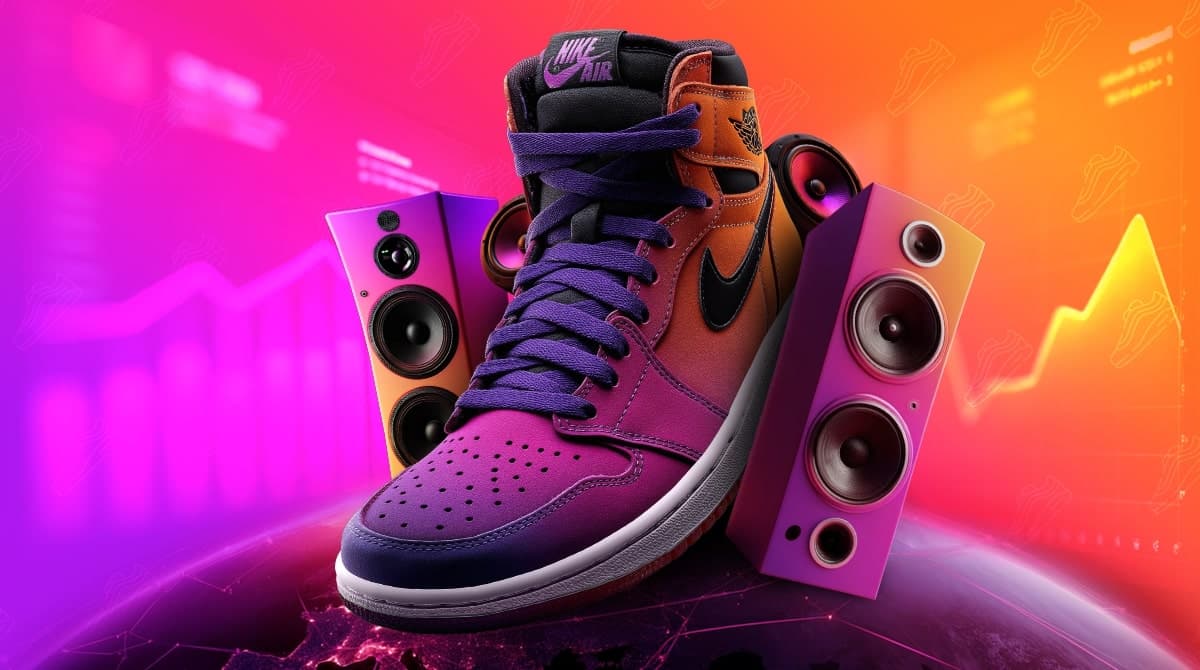Most brands talk about “storytelling.” Nike actually does it.
While others chase trends or over-explain their value, Nike strips things down to emotion, identity, and movement. It makes you feel something.
I’m guessing you’re not here to copy Nike’s budget—you’re here to understand the thinking behind its biggest wins. You already know the campaigns. Now it’s time to break down the strategy: the calculated moves, the brand discipline, the emotional triggers that turn ads into cultural moments.
In this article, we’ll break down what makes Nike’s marketing so effective—and more importantly, how you can apply those same principles to your own campaigns. From emotional storytelling to community-led strategy, you’ll get real examples and actionable tips you can translate into ideas that work for your brand.
Let’s break it down.
What Makes Nike’s Marketing So Effective?
Nike’s success is built on discipline. Every campaign, regardless of scope, aligns with a few core principles that make the brand not just recognizable, but deeply resonant.
1. Emotion Comes First
Nike starts with feeling. Its campaigns are built around moments of grit, pride, struggle, or triumph. That emotion drives everything else: from script to soundtrack to visuals.
You rarely see a Nike ad that tells you what a product does. Instead, it shows you how it feels to chase something bigger than yourself.
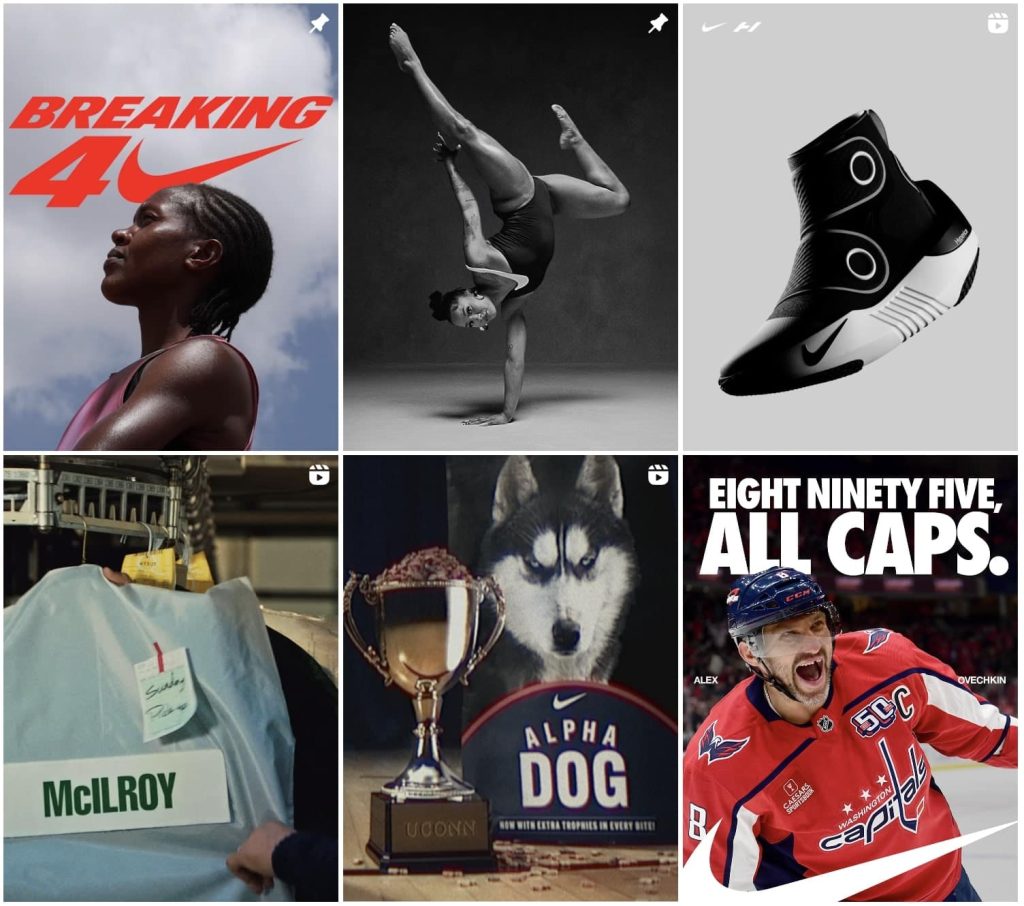
That’s what creates lasting impact. Where most brands open with specs or benefits, Nike opens with a gut-punch. And because it earns the emotion, the product that follows feels like part of the story—not the hard sell.
2. Athletes at the Center—But Not Just the Famous Ones
Nike built its brand with legends—but its smartest shift has been expanding the idea of who counts as an athlete. Today, its marketing includes dancers, delivery riders, everyday runners, and beginners.
The message is simple: if you move, you’re in. That opens the door to millions of people who no longer see Nike as “for the elite”—but as something personal.
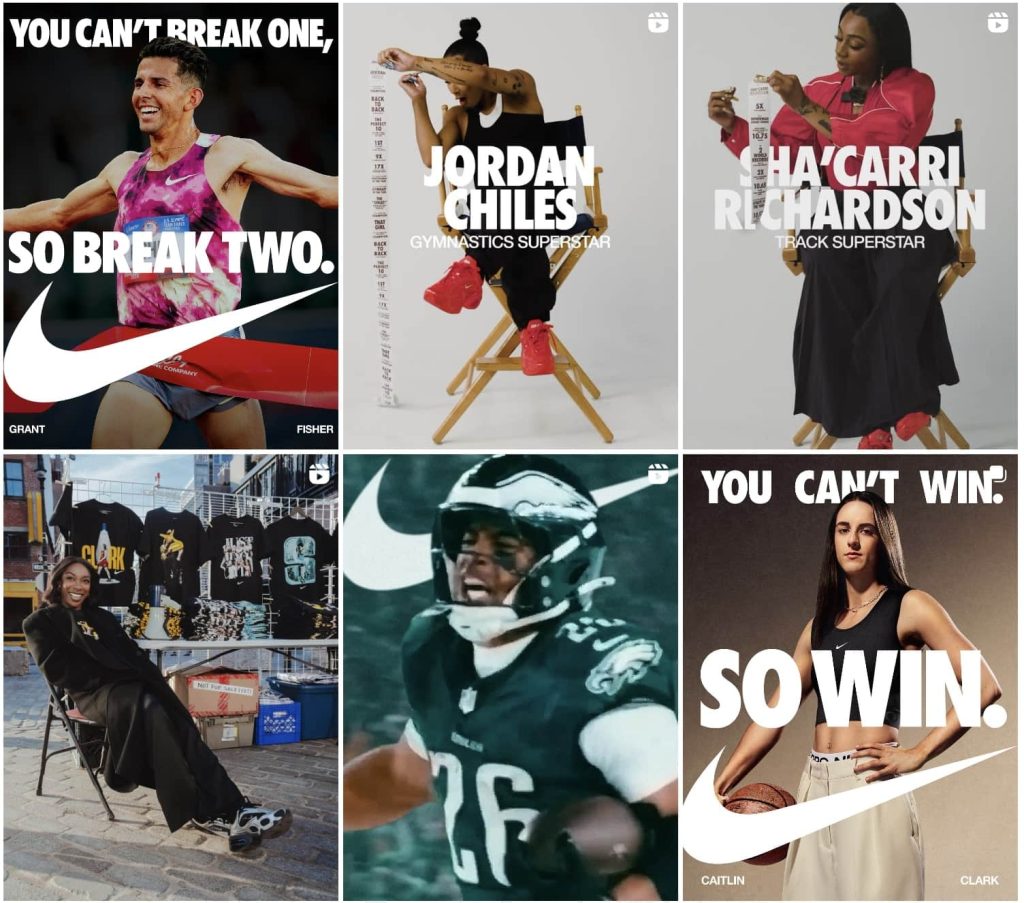
These stories are aspirational and accessible. They show rawness, sweat, and humanity. It’s one of Nike’s quietest but most effective strategies for deepening emotional reach and loyalty.
3. Global Consistency, Local Flexibility
Nike knows how to speak with one voice—but in many accents. Its brand spine is rock-solid: movement, identity, belief. But how that message shows up varies across borders.
Campaigns like “LDNR” (London) and “Da Da Ding” (India) weren’t global templates—they were locally built, culturally fluent, and deeply specific. And yet, they still felt like Nike.
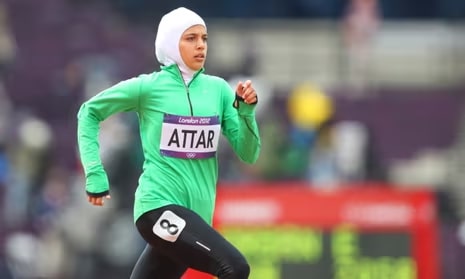
That’s the magic: letting local teams create campaigns that resonate regionally, while still reinforcing the global brand. Most companies struggle to strike that balance.
Nike’s ability to localize without diluting is one of its most underrated strengths.
4. Community-Led, Not Just Brand-Led
Nike lets the community talk through it. From Nike Run Club to UGC-powered social campaigns, the brand constantly hands over the mic.
Its fitness apps are habit-building platforms that foster connection. Nike designs for participation, not just consumption. And the result is a steady stream of authentic content and real-world brand loyalty.
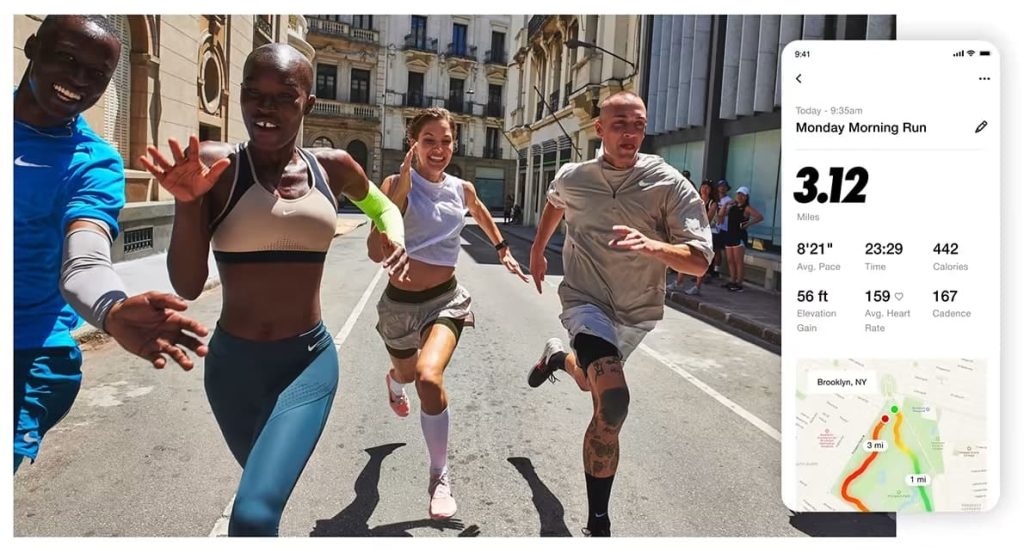
What makes this different? Nike doesn’t force community—it creates the infrastructure for it to happen naturally.
It’s all about making people feel like they belong.
5. Cultural Relevance, Not Just Reach
Nike earns relevance by aligning with real issues. Its campaigns don’t just “speak to culture,” they commit to it: racial justice, gender equality, mental health, pride, protest.
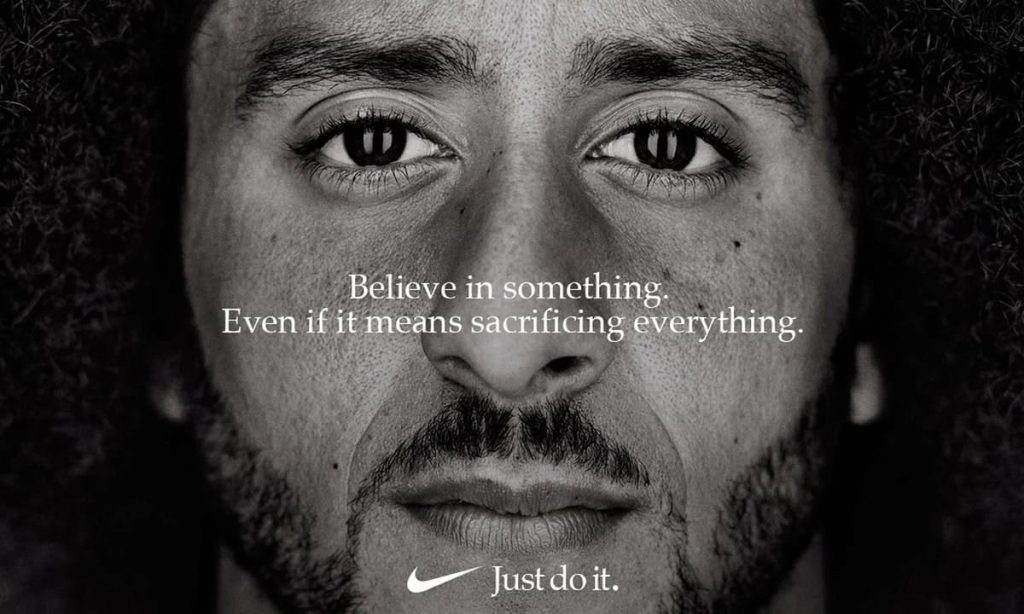
And it doesn’t play it safe. Whether backing Colin Kaepernick or spotlighting hijabi athletes, Nike takes calculated risks and stands by them. This isn’t a PR move—it’s strategy with soul.
The result? Nike becomes more than a brand. It becomes part of the conversation. In the over-filtered messaging era, that kind of clarity is rare—and incredibly powerful.
Campaign Breakdowns: Real Examples, Real Strategy
It’s one thing to talk about Nike’s principles—it’s another to see them in action. The brand’s most iconic campaigns are proof of how emotion, identity, and cultural fluency translate into lasting impact. Below, we’re breaking down three standout campaigns that show how Nike turns strategy into storytelling and why they worked so well.
1. Nothing Beats a Londoner (LDNR)
When most global brands try to localize, they start with a global asset and swap out the skyline. Nike flipped that formula—and it worked.
In 2018, Nike London launched “Nothing Beats a Londoner,” a fast-paced, wildly authentic tribute to the city’s youth and energy. It featured real kids training in their neighborhoods, grime artists like Skepta and J Hus, and cultural icons from sport to music—all wrapped in a hyper-specific, tongue-in-cheek tone that only made sense if you lived there.

This wasn’t Nike trying to “connect with Gen Z.” It was Nike handing over the campaign to a community that already knew who they were. The self-aware humor, slang, and chaotic energy felt like it was made by Londoners, for Londoners—and it went viral for that reason.
- 3M+ views in the first week
- Shared by London Mayor and major UK artists
- Grand Prix for Influencer Marketing at Cannes Lions 2018
More importantly, it didn’t dilute the Nike brand. It elevated it. LDNR was raw, hyper-local, and undeniably Nike—all at once. It showed that brand consistency doesn’t mean sameness. It means knowing your message so well, you can say it in a hundred different ways—and still sound like you.
2. Dream Crazy (Colin Kaepernick)
Nike’s “Dream Crazy” campaign wasn’t just bold—it was a calculated risk with global consequences.
Launched in 2018, the campaign featured NFL quarterback Colin Kaepernick, who had become a polarizing figure in American culture for kneeling during the national anthem in protest of police brutality. The ad’s message was clear: “Believe in something. Even if it means sacrificing everything.” It was direct, emotional, and unapologetically political.

The backlash came fast. #BoycottNike trended. People burned their sneakers. But behind the noise, Nike saw something bigger: alignment. With its core audience—young, diverse, urban, globally conscious—Nike’s stance wasn’t controversial. It was relevant.
31% increase in online sales the week after launch
- $6B market value increase within weeks
- Emmy Award winner for Outstanding Commercial
- Voted Ad of the Year by Ad Age
Sales rose. Stock jumped. Brand affinity grew stronger among Nike’s most valuable customer segments.
This campaign is often mischaracterized as a marketing gamble. But in reality, it was strategy backed by data, conviction, and a deep understanding of who the brand is—and who it’s for. It proved that brand values aren’t just for the About page. When you live them out loud, they resonate.
3. You Can’t Stop Us
In 2020, mid-pandemic and mid-crisis, Nike released one of its most powerful brand statements—without a single product close-up.
“You Can’t Stop Us” was a split-screen montage of athletes from around the world, edited to move in perfect symmetry: a soccer player’s kick flowing into a swimmer’s dive, a protester’s march mirroring a runner’s stride. It was technically masterful, emotionally charged, and globally resonant—all without saying much at all.
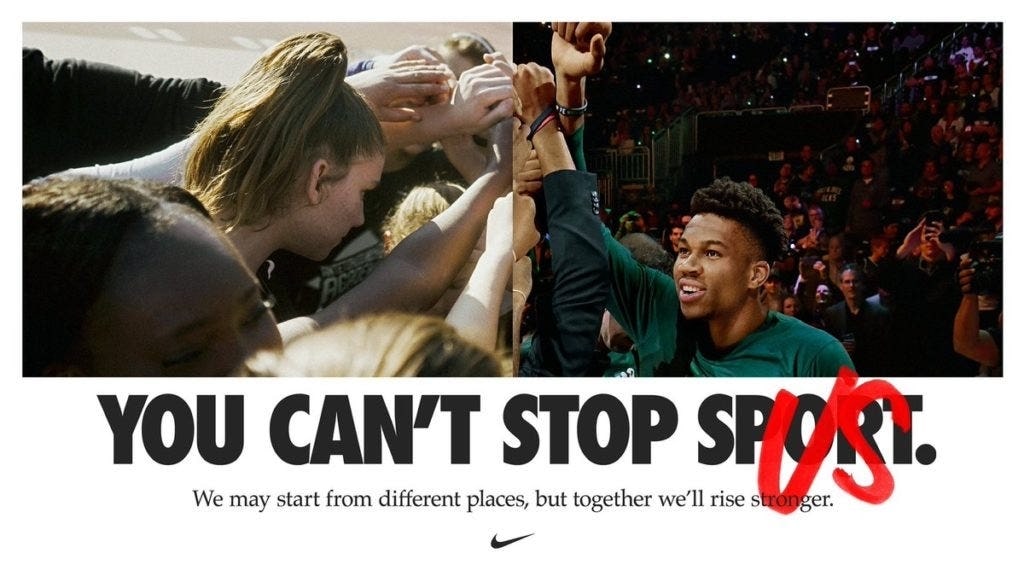
The campaign didn’t sell shoes. It sold solidarity.
It dropped at a moment when sports had stopped, the world was isolated, and brands were scrambling to stay visible without sounding tone-deaf. Nike didn’t pivot—it responded with something bigger: a message of unity through motion.
This wasn’t just a feel-good ad. It was a reminder of what the brand stands for—movement, resilience, community—and it earned over 50 million views across platforms. No trending sound. No product drop. Just story, craft, and message—all perfectly timed.
It quickly became one of Nike’s most shared pieces ever:
- 50M+ views across platforms in the first week
- #1 ad of the year (Ad Age, 2020)
- Grand Prix winner at Cannes Lions
10 Nike-Inspired Marketing Strategies You Can Steal and Use Today
These are practical, repeatable tactics you can apply across any niche—backed by Nike’s strategy, but built for real-world brands.
1. Lead with emotion, not product.
Start your next campaign by focusing on how your product makes people feel, not what it does. For example, instead of saying “Moisturizing SPF 50,” say “Glow like you slept nine hours.” Selling analytics tools? Go for “Decisions that don’t keep you up at night.”
2. Share stories about people still in progress.
Don’t wait for perfect success stories. Highlight people mid-journey—like a customer doing ten-minute workouts during nap time, or a small business owner who just automated their first task with your platform.
3. Build your next campaign around one emotion.
Choose a single emotional hook—like confidence, calm, or resilience—and let it guide your visuals, copy, and creative direction. For example, a fashion brand could center a lookbook around feeling bold, not just “new arrivals.”
4. Create a simple, repeatable brand ritual.
Introduce something your audience can join regularly, even if it’s small. A skincare brand could launch a 7-day “reset” routine. A wellness company might start a weekly “Monday Mood” story series.
These rituals work best when the right audience sees them, people who are already aligned with your vibe. If you’re still building that base, services like Flico can help you grow an organic following that’s actually interested in what you’re putting out there.
5. Turn customer feedback into your next campaign line.
Take real quotes from reviews or testimonials and use them in your ads or social posts. If someone says, “I didn’t think this tea could fix my focus, but it did,” that becomes your next headline. A B2B client who says, “Cut onboarding time in half” just wrote your next case study opener.
6. Publish some content that has no CTA—just brand energy.
Create one post, video, or email that doesn’t push a product. Share a mission statement, a quiet moment behind the scenes, or a brand value you care about. Focus on connection, not conversion.
7. Build Your Audience with Intention
Nike doesn’t chase numbers, it builds connection. The same goes for follower growth. Instead of focusing on how many, start thinking about who. Who do you want in your corner? Who do you want to speak to, build for, and grow with?
That’s where Flico comes in to help you develop a focused Instagram growth strategy. With AI-driven targeting, it connects you with real people who actually care about what you’re building. Because the right message needs the right audience, and growth should be intentional, not random.
8. Add local language or culture into one campaign.
Look at how your audience actually talks, and use that in your copy. Drop the generic “Now available” for something like “Just dropped,” “Level up,” or “Built for your 3 a.m. overthinking.” The more your message sounds like them, the more likely they are to pay attention.
9. Make your product visuals show real use, not just the product.
Instead of static shots, show your product in action. Display skincare on skin, not on a marble counter. Show a user navigating your app—not just a screenshot of the dashboard.
10. Say something bold that not everyone will agree with.
Strong brands take a stand. A sustainable fashion brand could say “Fast fashion is lazy. We’re not.” A personal finance app might say “We’re not here to make you rich—just free.” The right people will lean in.
11. Check for consistency across your brand’s top channels.
Review your homepage, Instagram, and latest email. If they don’t sound like the same voice or reflect the same values, revise them. Strong brands are recognizable across every touchpoint.
Conclusion
Nike’s marketing works because it’s focused, emotional, and unapologetically bold. But the real takeaway isn’t to copy what Nike does—it’s to understand why it works, and then use those same principles to build something that’s unmistakably yours.
You don’t need a global campaign to make people feel something. You need a point of view. A story worth telling. And the discipline to say it with clarity across every channel.
Nike’s playbook is powerful because it’s simple: lead with emotion, speak to identity, build community, and stand for something—even if not everyone agrees.
You already have the tools. Now it’s time to raise the bar.
Don’t just admire great marketing. Go create it. Just do it.


